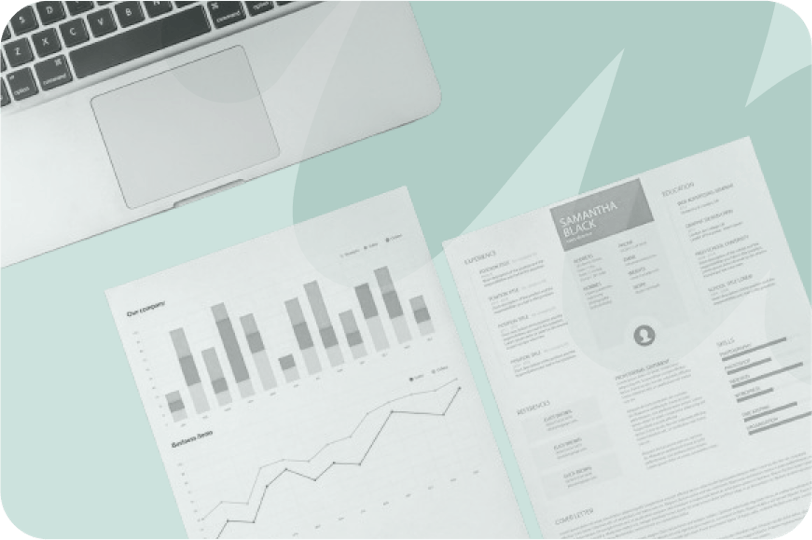
How to develop an ESG strategy
In this article, we’ll explore the key steps to develop an ESG strategy that not only meets global standards but also aligns with your company’s unique goals.
Thank you for registering for the newsletter!
Add [email protected] to your contacts to get our newsletter directly to your inbox
A carbon assessment is the process of measuring how much greenhouse gases are produced by an individual or organization.
This is one of the most important steps to be taken by an entity trying to reduce their carbon emissions, as it enables the organization to create an effective plan to reduce emissions. It is important to note that the transition plan is as important, if not even more important, than the carbon assessment itself.
A carbon assessment works by utilizing a method, or a hybrid approach, of either the spend-based method or the activity-based method.
The activity-based method seeks to calculate emissions with specific usage data, such as kWh of electricity, liters of fuel, or kilograms of waste, and then multiplying that number by specific emission factors for each source to ensure accuracy.
The spend-based method utilizes financial data and conventional industry factors and multiplies it with spending categories, making this method faster but less precise.
Organizations, like Greenly, often make use of a hybrid approach – using activity-based data for key categories where accurate measurements are available, and spend-based estimates when the necessary details are missing. This blended approach ensures both efficiency and comprehensive coverage.
A GHG report is a way to disclose scope 1, 2, and 3 emissions – where as a carbon assessment includes this information in addition to helping organizations develop a reduction strategy and new targets.
The main goal of a carbon assessment is to evaluate an organization’s greenhouse gas emissions across in order to identify its major sources and opportunities for the most effective carbon reduction strategy possible.
An example of a carbon assessment would be a manufacturing company seeking to measure the emissions they emit from their electricity usage, raw material sourcing, transportation, and waste disposal. By calculating the emissions for each category, this company could then pinpoint its largest contributors, such as energy-intensive production lines or freight emissions, and develop personalized strategies to reduce them more efficiently than otherwise possible without a prior carbon assessment.
Ultimately, carbon assessment serves as a full-proof, business mechanism to ensure risk mitigation remains in place for organizations – and that carbon impact doesn't impact the company’s future.

